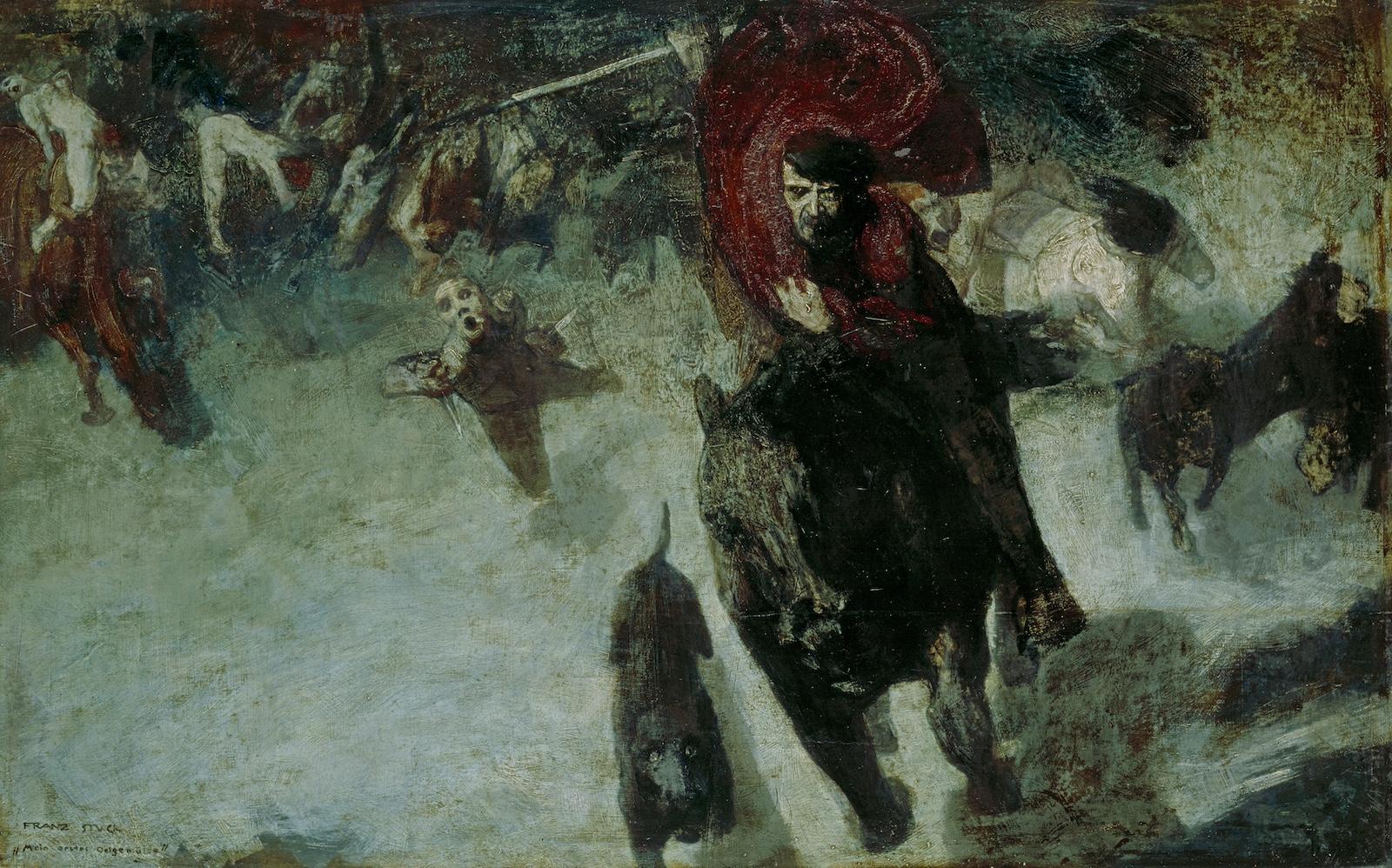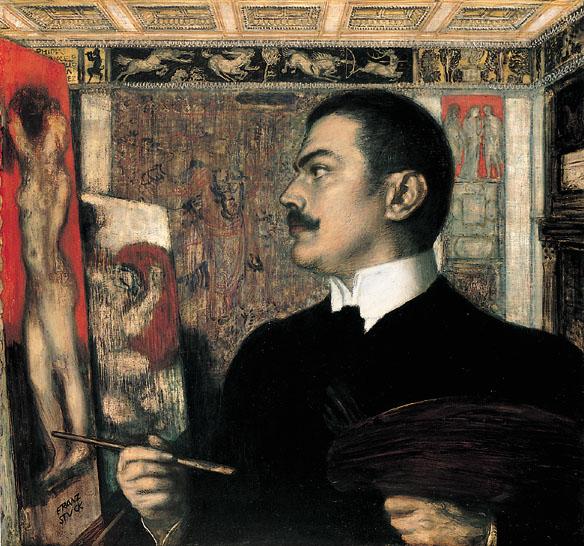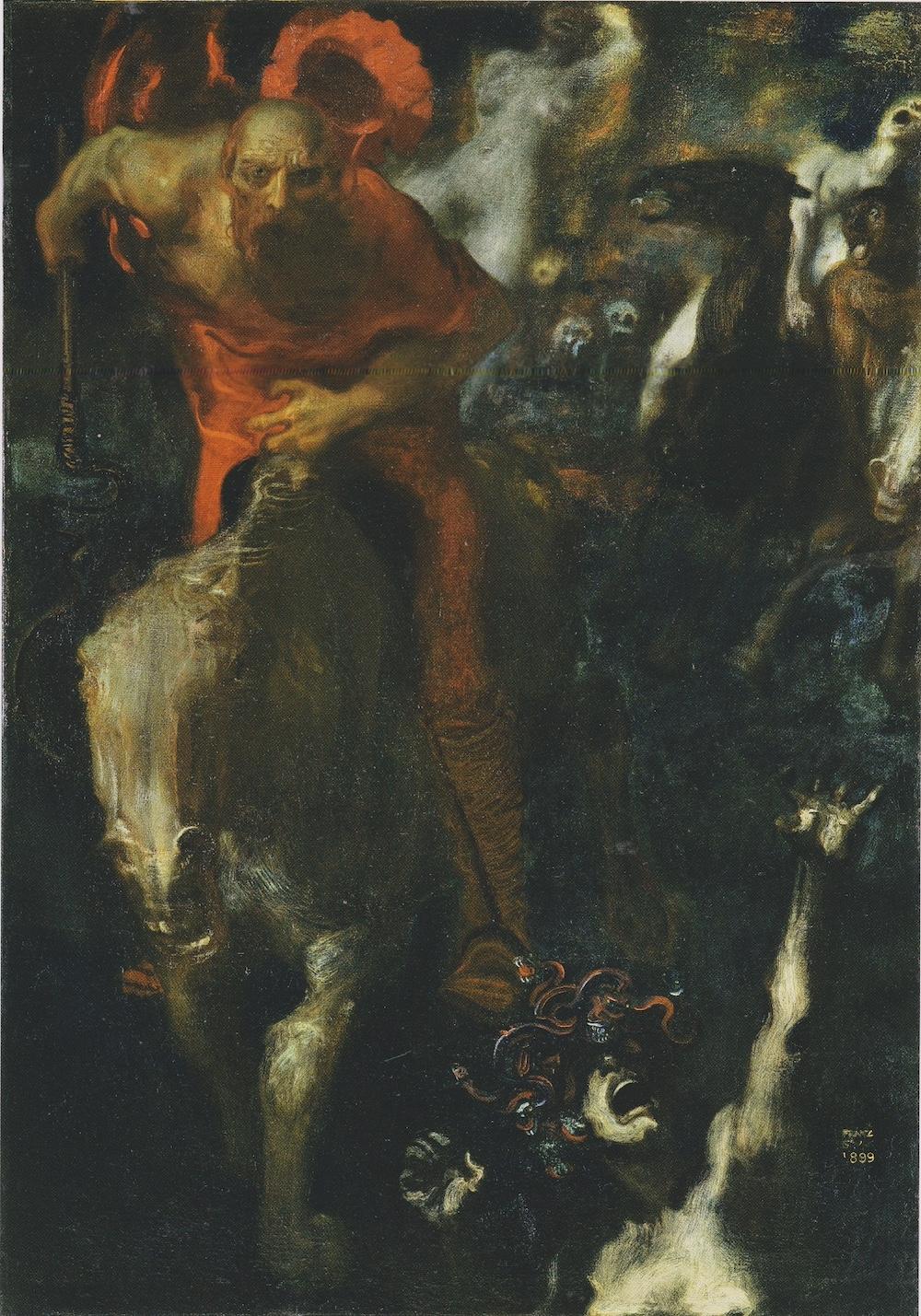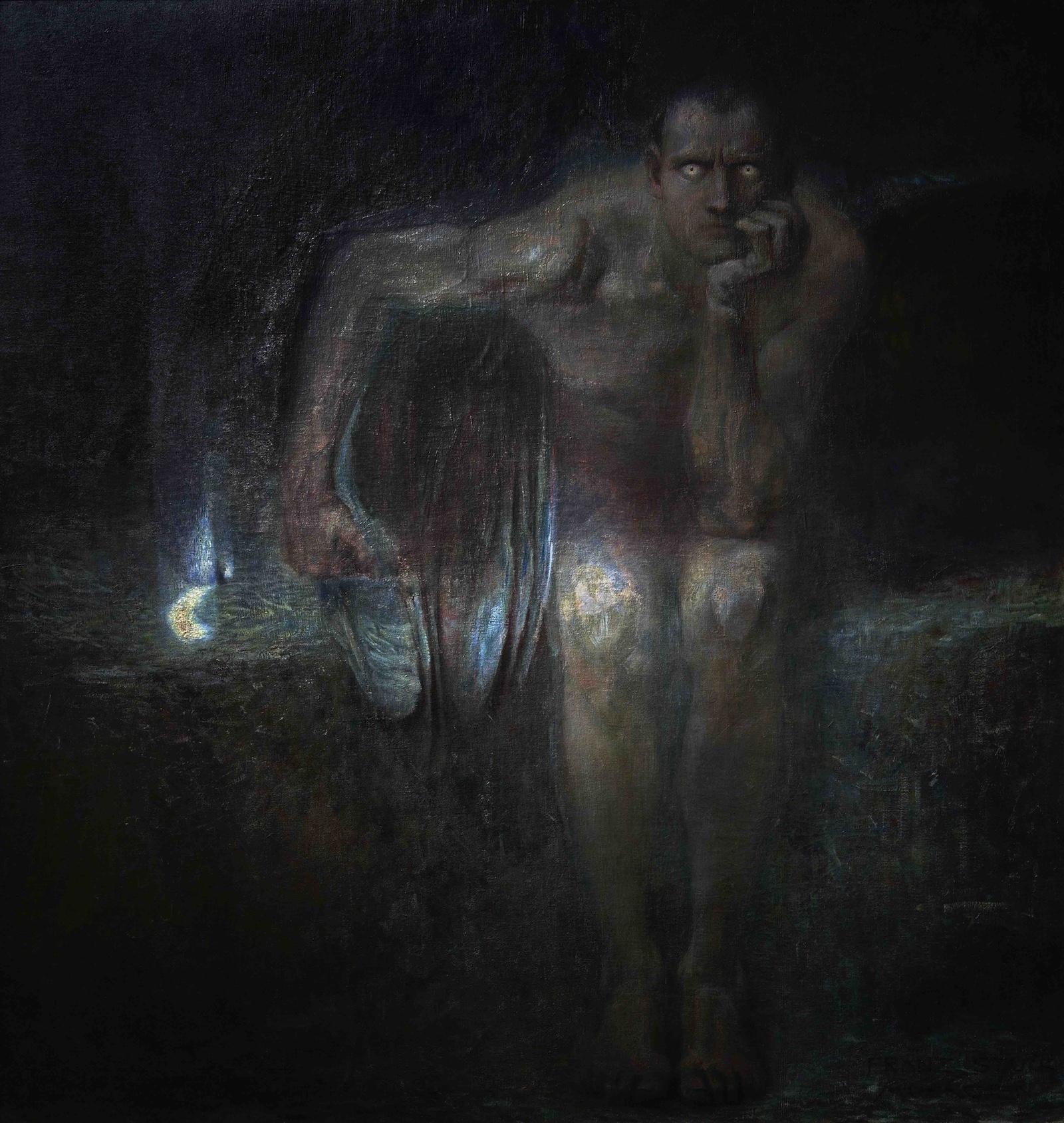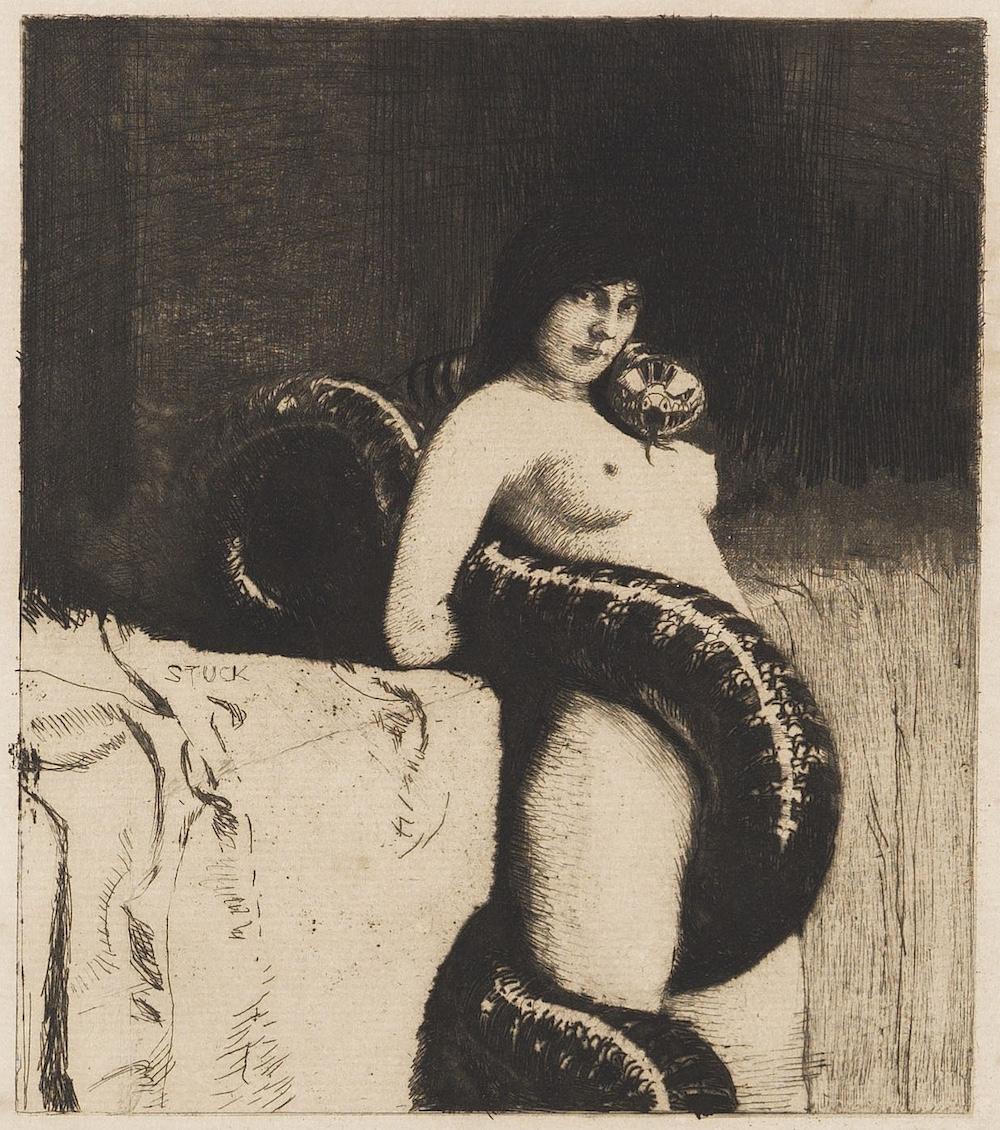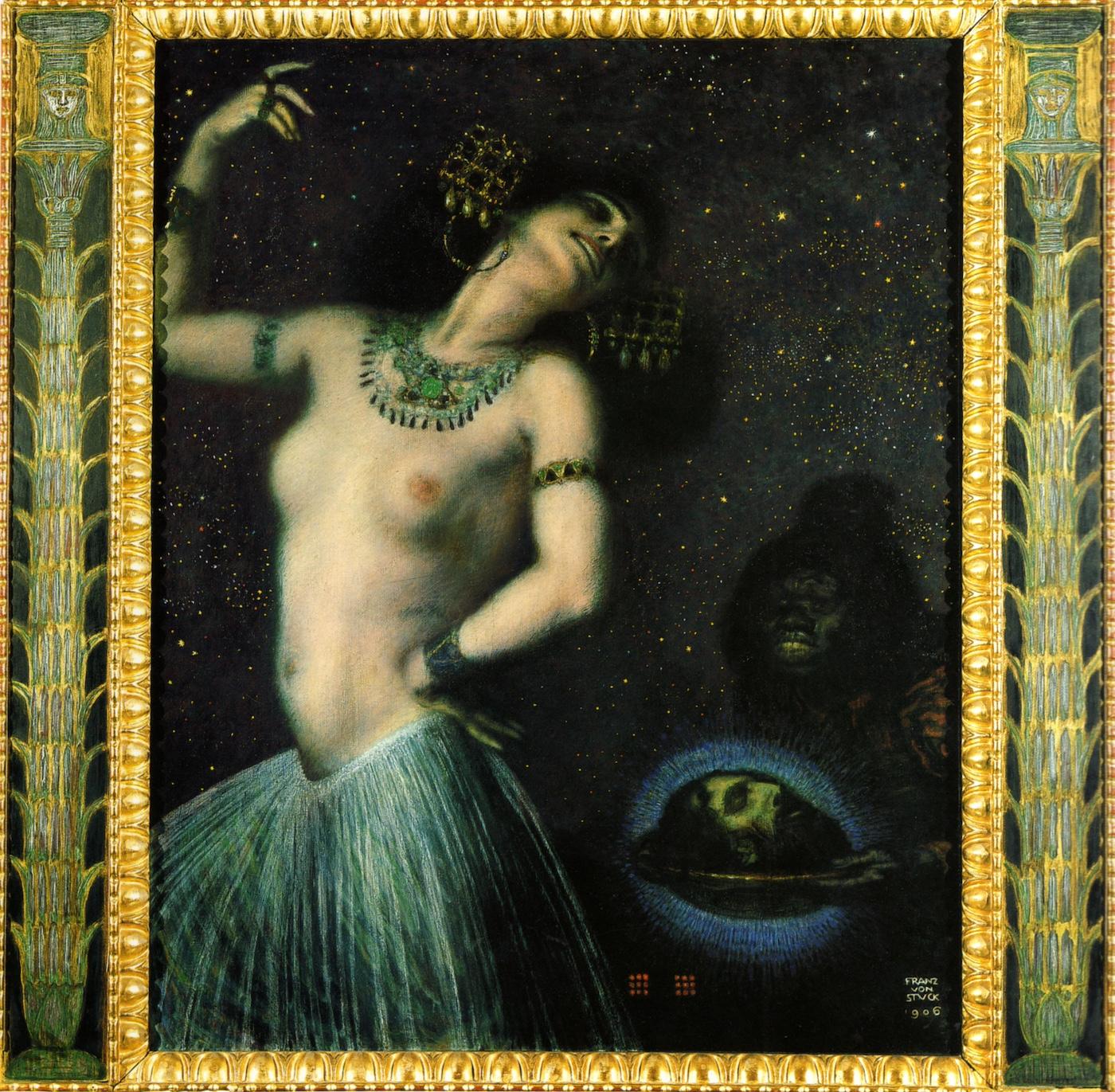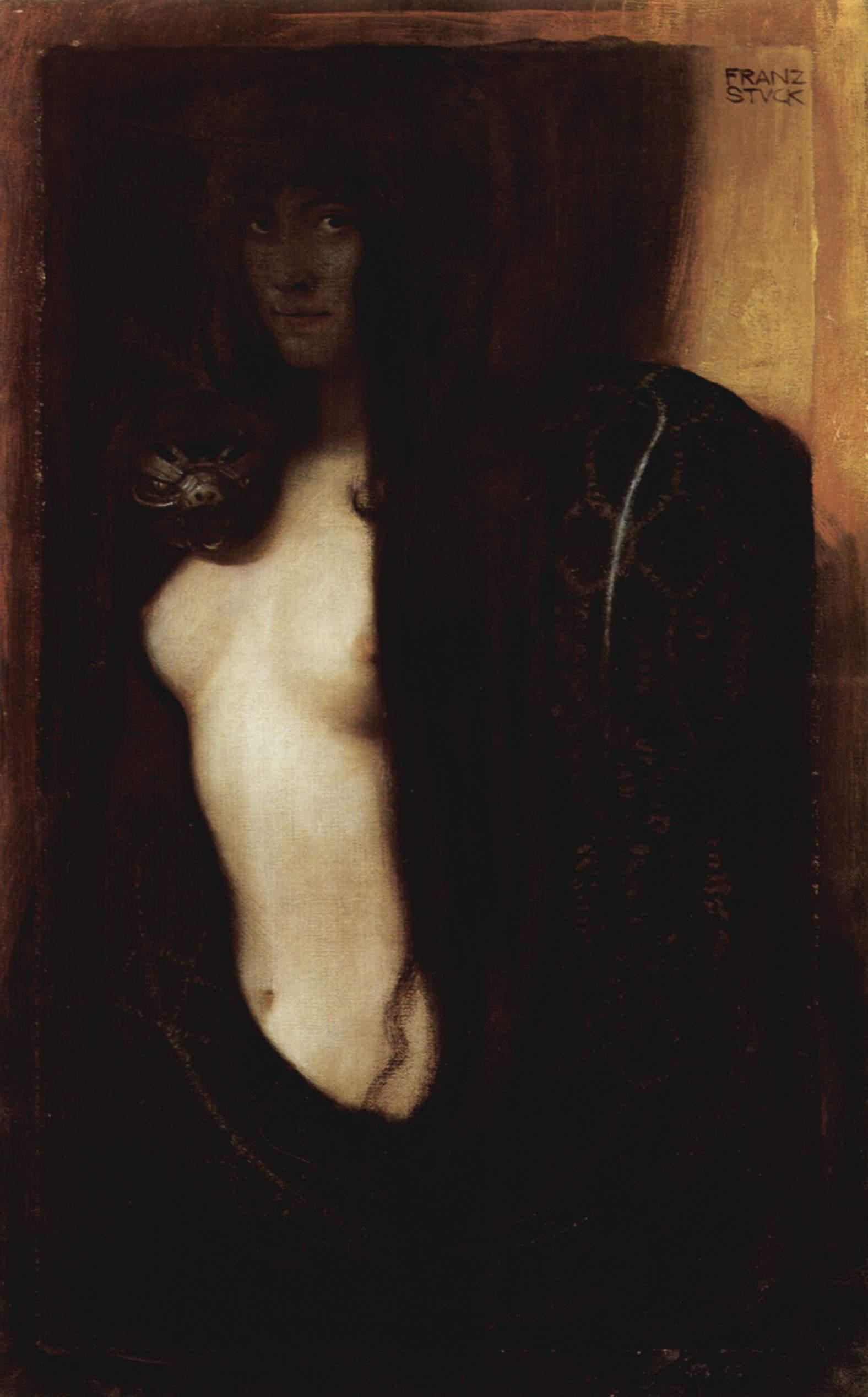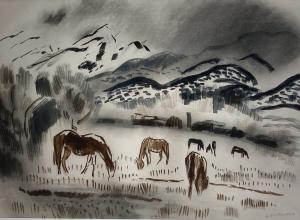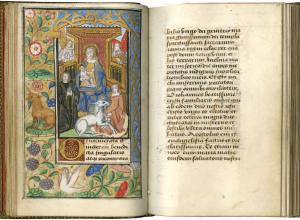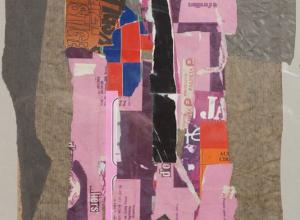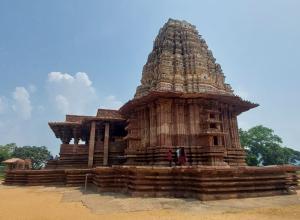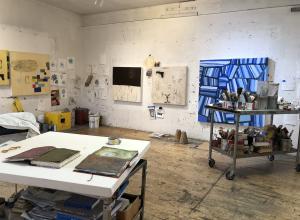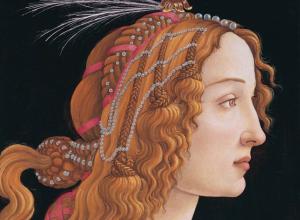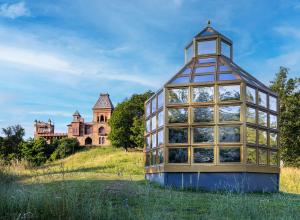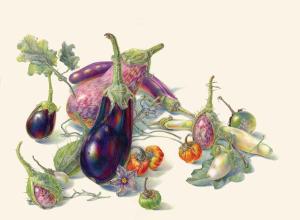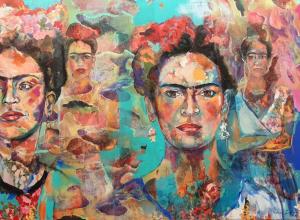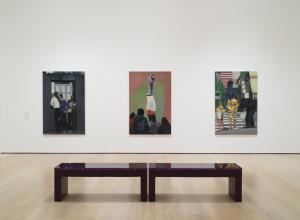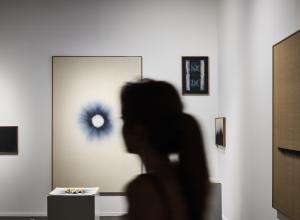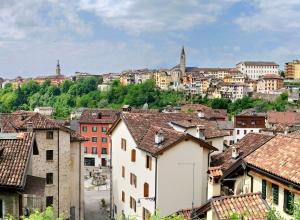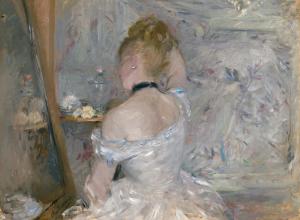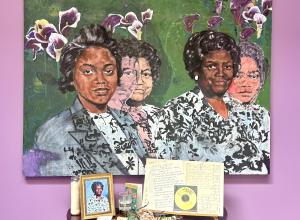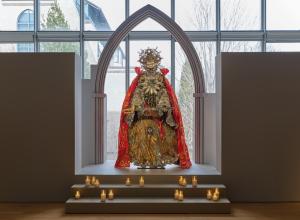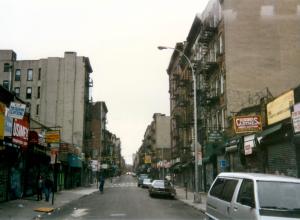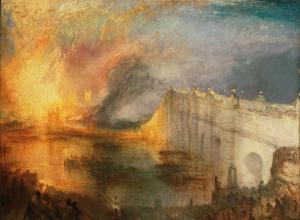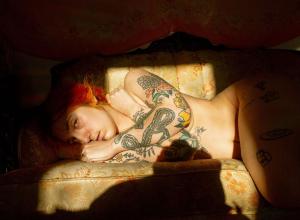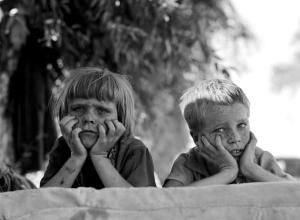Though The Wild Hunt may not be the most famous among his many astonishing works, it certainly has an expressive power and fascinating story.
The entire left side of the artwork is occupied by an otherworldly horse and its menacing rider. The muzzle of the horse seems to eerily imitate the outline of the beast's own skull, and his fearsome rider leans toward the viewer, as if about to trample him with his fury, gazing with cruel eyes and a severe expression partially hidden by the shadows.
This ominous figure is holding a scythe in one hand and grasping the horse’s mane with the other while the red cloak wrapped around him is stirred by the wind, heightening the impression of a mad rush.
In the background of the upper right corner, there's a group of writhing entities, white naked bodies, faces with wild eyes, skulls, riders and horses squirming and screaming, completely absorbed in their chaotic chase. Below on the right, a gorgon cries out, one arm stretched upward, and a furious, restless nest of snakes entangled on her head.




